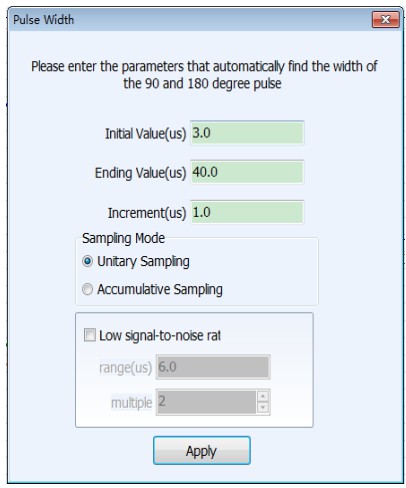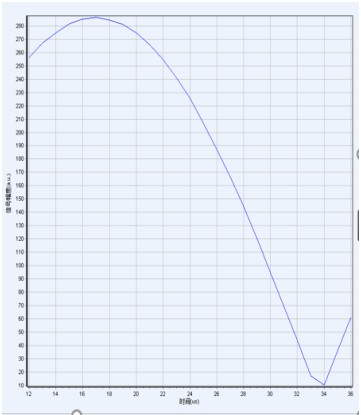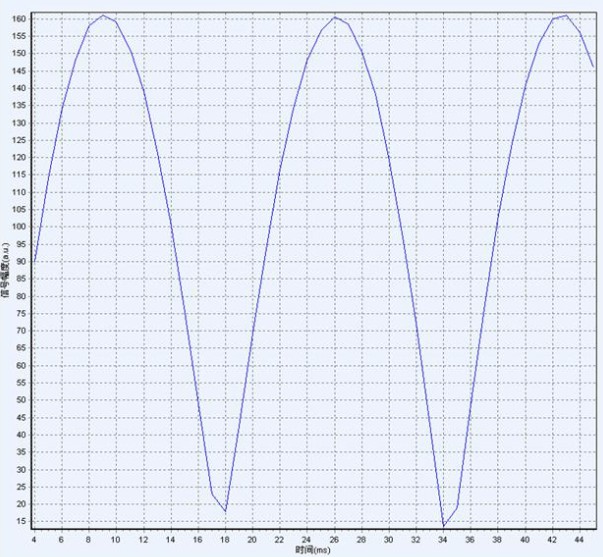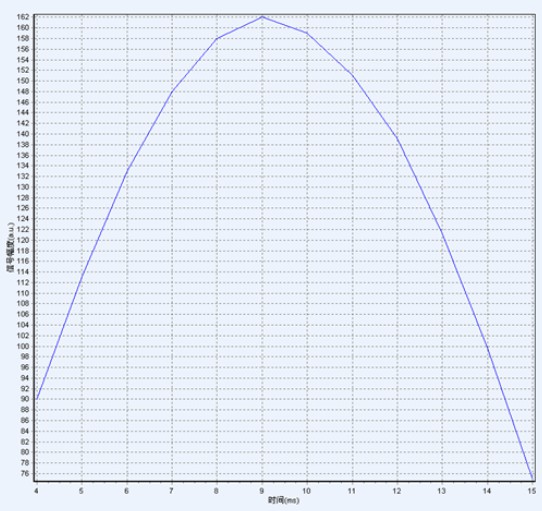How to determine the hard pulse width
Due to the size of the RF coil and the power of the RF amplifier, the pulse energy required to excite the sample is also different. The pulse energy is determined by the pulse amplitude and the pulse width. Therefore,changing the hard pulse width is essentially changing the hard pulse energy. The most common ones in the pulse sequence are 90° hard pulses and 180° hard pulses.
The specific steps to determine their required RF pulse width are as follows:
1) Put a standard sample, usually vegetable oil that does not contain impurities;
2) Find the center frequency (see Example 1 for details);
3) Set the TW to 1000ms;
4) Click the toolbar button and the Pulse Width dialog box will pop up.
Figure 1 Parameter Settings Dialog Box
5) You can use the factory default values and click OK to collect;
6) The software will automatically look for 90° pulse width (P1) and 180° pulse width (P2), as shown in Figure 2. There is only one peak and trough in the figure. However, if the situation of Figure 3 and Figure 4 occurs, the start or end pulse width needs to be adjusted;
7) After finding the pulse width, the software will automatically save the search for P1 and P2 values without manual saving.
Figure 2 Hard pulse finding 90° and 180° pulse width Precautions:
a) We use P1 to represent the 90° pulse width and P2 to represent the 180° pulse width (P2 is displayed on the CPMG parameter setting interface).
b) If the displayed result (blue curve, as shown in Figure 2) contains only one peak and one trough, it indicates that the setting range is reasonable and the result found is correct;
c) If the displayed result contains multiple peaks and multiple troughs (as shown in Figure 3), it indicates that
the setting range is too large, and the ending value should be appropriately reduced, and then search again;
Figure 3 Setting range is too large
d) If the displayed result contains only a single peak and no trough (as shown in Figure 4), it means that the setting range is too small, and the end value should be increased appropriately, and then search again.
Figure 4 The setting range is too small
Note:
When the pulse width is low, the default sampling mode is accumulative sampling; the sampling range is the current P1 and P2 as the center value, and the low signal-to-noise ratio is the initial value of the P1 pulse width=P1-range, and the P1 pulse is found. Ending value = P1 + range; find P2 range algorithm is the same as P1; multiple: based on the current accumulated step size, low SNR to find the increment in the pulse width process = increment / multiple
 NIUMAG
NIUMAG



